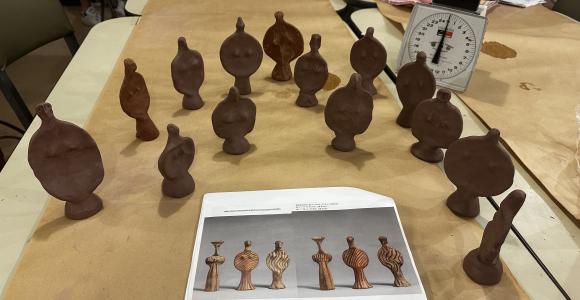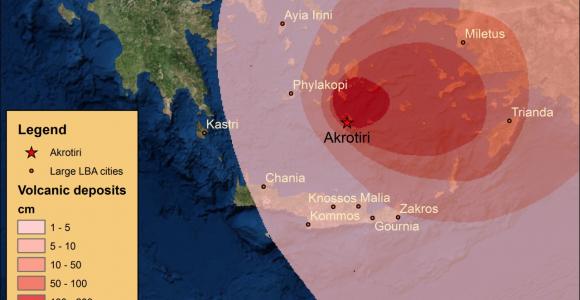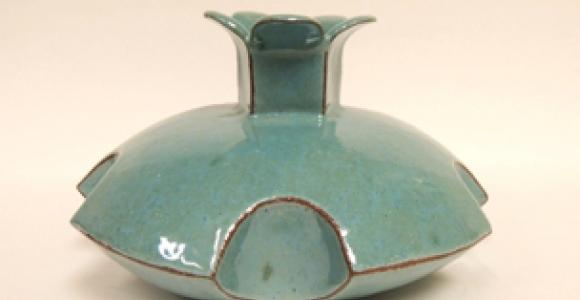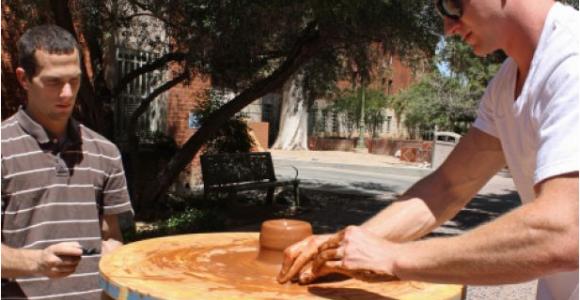Scope: The Laboratory for Traditional Technology focuses on the study of traditional technologies (both in antiquity and in recent times) primarily through experimental archaeology. Major areas of research are ceramics and metallurgy. The lab has a fully-functioning ceramic studio as well as equipment for processing metallurgical samples. It houses graduate students as long-term interns and short-term visitors. Currently the lab offers ceramic instruction through the LTT Resident Ceramics Instructor and hosts a number of lectures throughout the academic year.
LTT Ceramics Instruction: Spring 2025 Tuesdays 11:00am-1:00pm; Fridays 10:00am-1:00pm |
History: The Laboratory for Traditional Technology has a long and celebrated history at the School of Anthropology. Professor Michael Brian Schiffer began in 1983 to collect equipment and write grant proposals for what would become, in 1984, the Laboratory for Traditional Technology. His goal was to enable archaeology students, who previously lacked facilities, to carry out experiments and analyze materials. Prof. Schiffer together with James M. Skibo (Laboratory's Assistant Director until 1991), co-authored publications in ceramic technology and archaeological theory and method. A large number number of students have conducted research in the lab, as part of their Ph.D. research. After Prof. Schiffer's retirement in 2013, the Laboratory of Traditional Technology has been directed by Profs. Hasaki, Killick, and Triadan continuing the focus on traditional technologies, and keeping the laboratory as a welcoming place for UA students, faculty, and visiting scholars to conduct their research.
With the retirement of Prof. Killick in 2024, the Directors of the lab are: Professor Eleni Hasaki (also creator and manager of the LTT website) and Professor Daniela Triadan.






